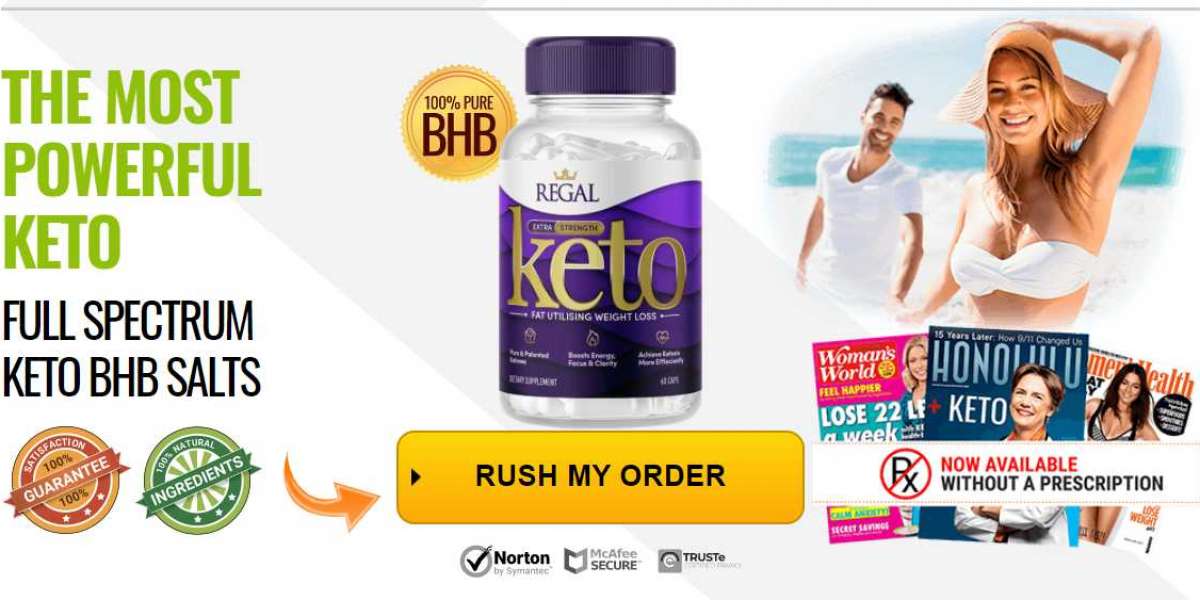Originally Published on: SpendEdge |Are you Sure you Have a Procurement Strategy?
In the ever-evolving landscape of professional procurement, the absence of a medium-to-long-term procurement strategy can leave businesses vulnerable to unforeseen challenges. Crafting a well-thought-out procurement strategy is essential for optimizing costs and managing resources effectively. This strategic approach not only aligns sourcing principles with daily practices but also addresses key factors, such as risk and profitability, critical to the procurement function.
Ensuring Risk Mitigation in Times of Flux
Risks Beyond Overstocking and Stockouts Beyond the common risks of overstocking and stockouts, procurement professionals are increasingly concerned about the lack of a centralized vendor management channel. This gap can lead to ad hoc payments that deviate from pre-negotiated procurement contracts, causing financial leaks. The prevalence of legacy infrastructure and fragmented data further contributes to the challenge of managing "rogue" spends, accounting for a significant portion of a business's total spend. Hence, situating risk management at the core of procurement strategy is imperative.
Focusing on Cost Reduction for Enhanced Profitability
Impact of Cost on Profitability Undeniably, the impact of cost on profitability is substantial. A robust procurement strategy prioritizes cost-efficiency as a fundamental element. Businesses need a clear line of sight to their spend data to reduce wasteful efforts and tackle seemingly insurmountable cost challenges. Automation of the procurement function emerges as a key enabler, providing consistent and accurate data for better decision-making. Identifying and curbing maverick spends becomes achievable, contributing to effective procurement strategy implementation.
Leveraging the High Risk/High Profitability Matrix
Strategic Allocation of Resources A successful long-term procurement plan involves categorizing each procurement event into quadrants on the risk-profitability matrix. Procurement strategy, in this context, emphasizes high-risk/high-impact activities, allocating attention, care, and caution from sourcing teams. Conversely, activities with low risk and low impact on profitability require less focus, ensuring optimal allocation of the Chief Procurement Officer's bandwidth.
How SpendEdge Elevates Your Procurement Strategy
1. Designing Effective Supplier Management Framework
Risk Recognition and Addressing SpendEdge experts assist businesses in recognizing and addressing specific risk factors by building right-fit templates for sourcing, vendor selection, contract negotiation, and cost management. The focus is on uncovering potential risks and creating impactful procurement strategies to contain or eliminate them.
2. Scanning the Supply Chain for Vulnerabilities
Traceable Disruptions and Diversification SpendEdge collaborates with client teams to trace disruptions to their root causes and develops approaches like diversification, inventory management, and stakeholder communication. This proactive strategy prevents the recurrence of unwelcome incidents and ensures supply chain resilience.
3. Quantifying Specific Organizational Risks
Precision in Quantifying Supplier Risks SpendEdge's proprietary tool, D-Risk, quantifies and controls supplier risks by scanning internal and external factors, geopolitical trends, operational stability, costs, and brand reputation. The tool provides precise risk levels, aiding organizations in effective risk management.
Success Story: Pharma Enterprise's Journey to Robust Procurement Strategy
Building a Robust Supplier Risk Management Strategy A global pharmaceutical company partnered with SpendEdge to enhance its supplier risk management strategy. The collaboration involved a rigorous supplier selection process, evaluating fiscal stability, skill sets, compliance, and quality management practices. The strategy included clinical categorization of potential risks, real-time monitoring of supplier performance, and recommendations for supplier base diversification.
Realizing Benefits and Future-Proofing The implementation of SpendEdge's supply chain management solution resulted in reduced exposure to risks, improved compliance, enhanced supply-side agility, reduced costs, and strengthened partnerships for the pharmaceutical client.
In conclusion, strategic procurement, when aligned with risk mitigation and cost reduction, becomes a linchpin for sustained success and enhanced competitiveness.








